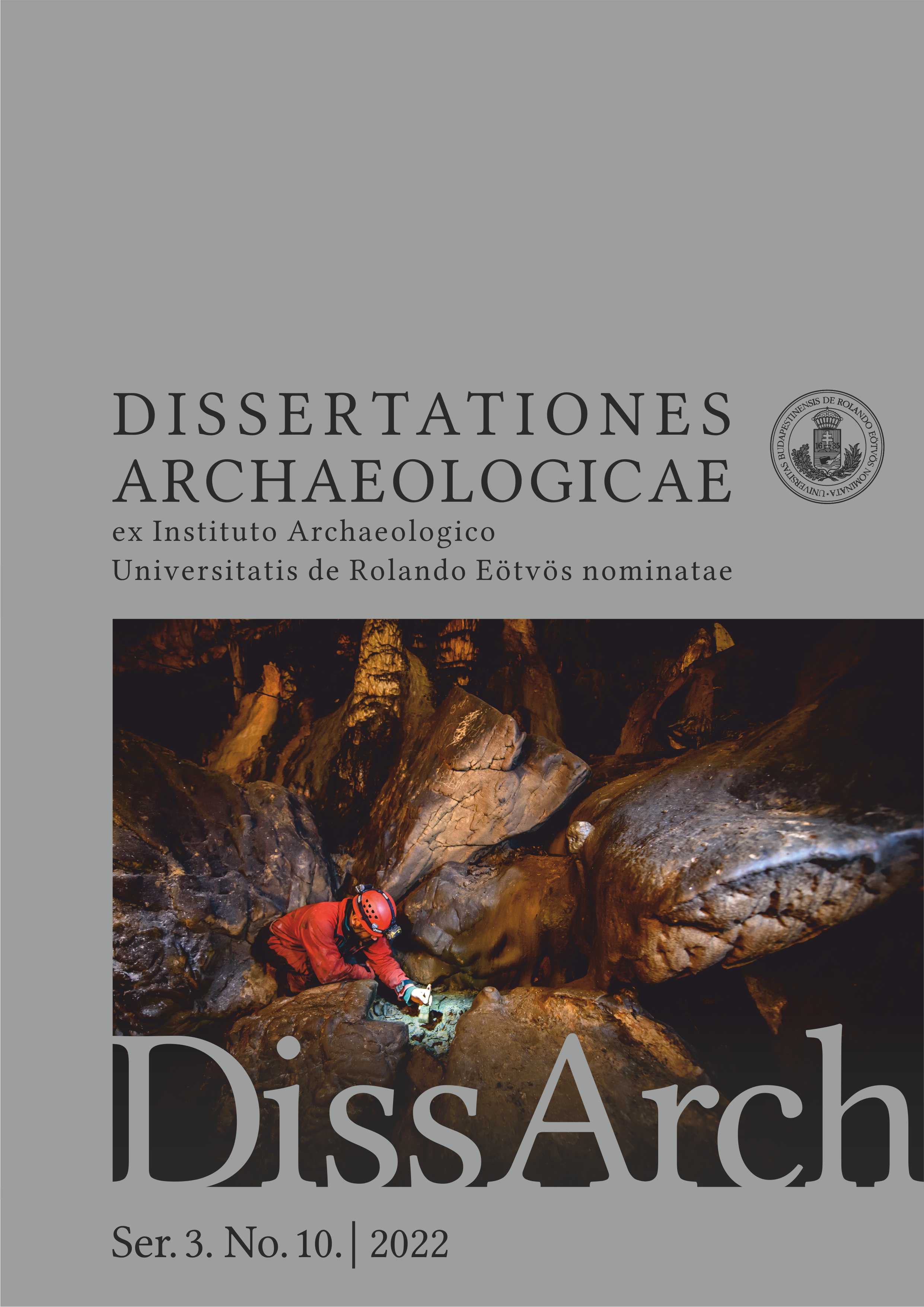Short Report on the Excavations in the Legionary Fortress of Brigetio in 2021-2022: The Legionary Bath
Published 2023-03-31
Versions
- 2023-04-05 (2)
- 2023-03-31 (1)
Keywords
- Brigetio, legionary fortress, Roman bath, limes
How to Cite
Abstract
While the legionary fortress of Brigetio is one of the key sites in the province of Roman Pannonia, its inner structure and buildings are almost unknown. Although the retentura of the legionary fortress is almost entirely covered by modern buildings, the praetentura can be researched using remote sensing methods. Over the past few years, systematic excavations took place in the praetentura, based on results of the geophysical surveys. A large building complex was identified as the bath of the legionary fortress, with an area of at least 4,000 m2. In the excavation seasons 2021 and 2022, about 1,200 m2 of the bath was unearthed. Several cold and hot rooms, pools, sewers, hypocaust systems and praefurnia were found, yielding abundant find material. In the present state of research, the chronological periods and building phases of the bath are mostly unknown. The only chronological data comes from the in situ stamped bricks of the Legio XI Claudia, dating the earliest period of the bath between AD 101 and 105, which was also the earliest period of the legionary camp. From the Late Roman Period, some tegulae with the names of Lupicinus tribunus and Frigeridus dux have been preserved, which indicate building activity in the last third of the 4th century AD.


